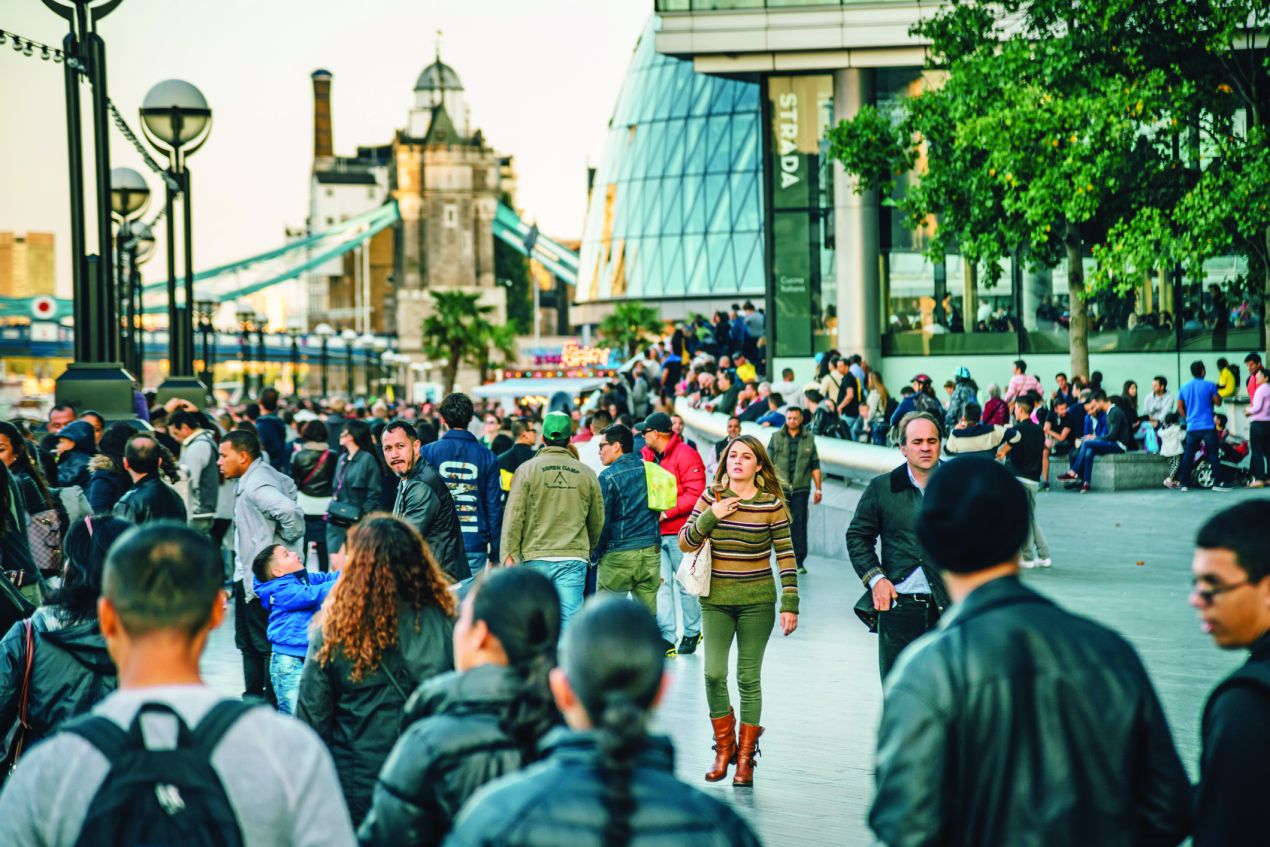London has seen rapid change over the past 25 years, reversing decades of decline through a combination of globalisation and adopting ambitious strategies to help unlock growth, embrace diversity and nurture talent. The devolution of powers to London through the creation of the Mayor for London and the London Assembly has been a catalyst in transforming the city. London’s Mayors have been at the centre of this change, using its relatively limited powers to showcase what can be done.
Whether it is the city’s food scene, education system or transport network, it is hard to dispute that London has much improved. However, London is becoming a victim of its own success, and not everyone has benefitted from this. A city which has grown from a little over 6.5 million people in the 1980s to nearly 9 million today is putting severe pressure on its infrastructure and services, with the availability and cost of housing a particular concern. Without clear policies to deal with these issues, London could easily fall victim to the old phrase best said by the late Yogi Berra “Nobody goes there anymore, it’s too crowded!"¹
London sets its future priorities and strategies through a series of documents, most importantly the London Plan. The new Mayor for London, Sadiq Khan, and his team are determined to see real change by making it a city for all Londoners. From a transport perspective, the new London Plan consultation is likely to set out a series of ambitious new strategies which could include:
- creating a more sustainable London;
- significantly improving air quality;
- integrating transport investment with housing and jobs potential;
- more emphasis on improved accessibility and better public spaces; and
- better coordination of national and London investment including HS2 and complementary schemes.
At the heart of this shift is the desire to make London a healthy, resilient, fair and green city. The change in emphasis is driven by a need to deliver improvements in a more synergistic manner, which can lead to better value for money.
Breaking down policy silos could mean that transport investment (besides renewal of existing assets) will in future be driven by its ability to unlock affordable housing, generate new jobs and improve London’s environment rather than the other way round. The public consultation on improving air quality in London is a step change on current policies, with people’s health and safety becoming more paramount and triggering new travel behaviours with less emphasis on motorised transport.
This policy shift, looking at corridors and more Opportunity Areas, could see a more balanced city but also, through innovative funding strategies, generate increased income streams which could fund the initial investment in the first place. Transport for London (TfL) and the Greater London Authority (GLA) are already looking at some of these principles to support the delivery of Crossrail 2 and the Bakerloo Line Extension as well as the vision for Old Oak, but there appears to be a greater appetite by the current Mayor to be bold. Corridors provide an opportunity to assemble public land, including TfL, Metropolitan Police and NHS land, in a more holistic approach, to deliver significant levels of affordable housing and better public spaces, helping create a better London, not just a bigger London.
London has been at the forefront of policies that are shaping city regions across the world, including the central London congestion charge, Crossrail 1 funding and cycle networks. Integrating transport with other infrastructure planning policies is critical in enabling London to continue to grow in a more balanced and affordable manner.
At Steer Davies Gleave we see the London Plan and Mayor’s Transport Strategy as an opportunity to see transport as an enabler of good things rather than an end in itself. Bridging that gap should be exciting!
Written by Michael Colella
¹ Quote of former American baseball player Yogi Berra on why he no longer ate at one of his favourite restaurants. http://bit.ly/2jYeS3j
